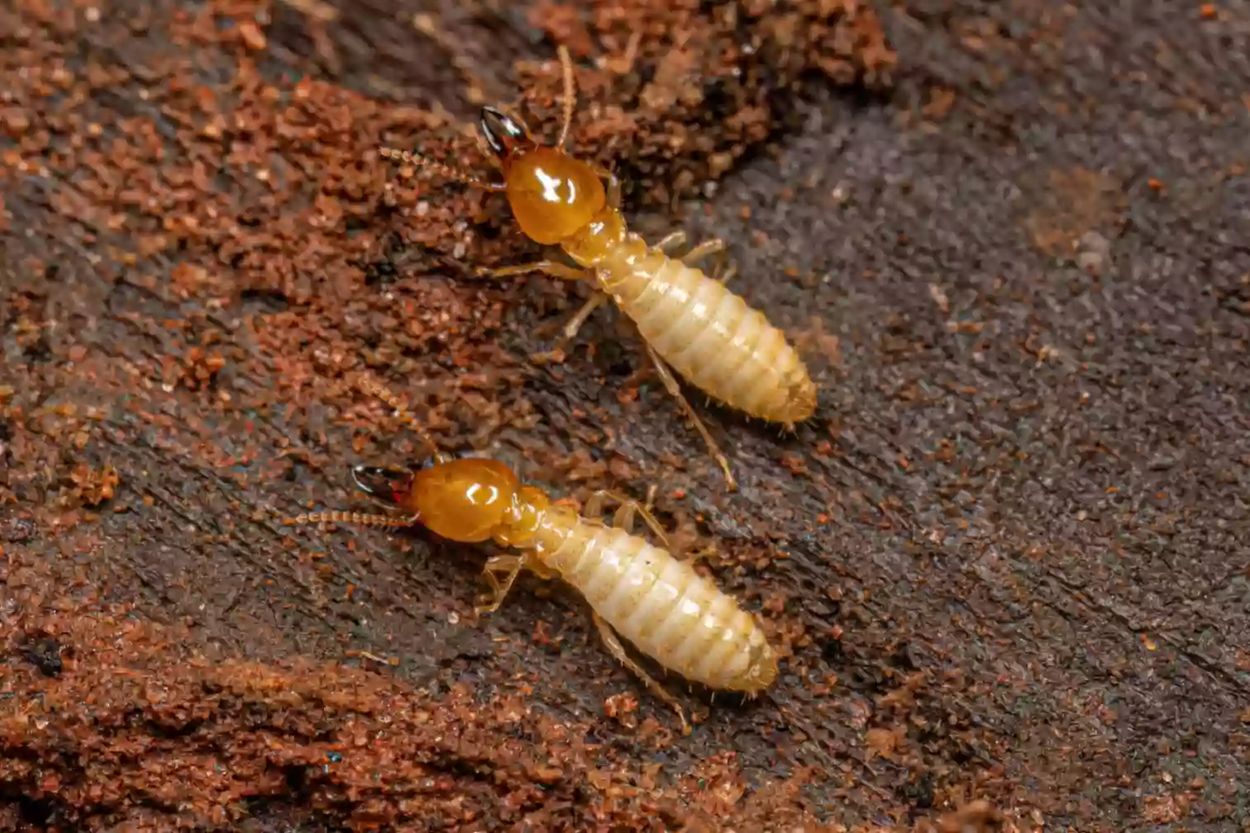
Termites might be tiny, but their impact is huge. These insects are often misunderstood, yet they play a crucial role in our ecosystem. Did you know that termites are more closely related to cockroaches than ants? They live in colonies that can number in the millions, working together to break down dead plant material. This makes them essential for nutrient recycling. However, their wood-eating habits can cause significant damage to homes and buildings. Understanding termites can help you protect your property while appreciating their ecological importance. Ready to learn some surprising facts about these fascinating creatures? Let's get started!
What Are Termites?
Termites are small, wood-eating insects that can cause significant damage to homes and structures. They live in colonies and work together to break down cellulose, the main component of wood. Here are some fascinating facts about these tiny yet mighty creatures.
-
Termites have been around for over 250 million years, making them one of the oldest insect species on Earth.
-
There are more than 2,700 species of termites worldwide, each with unique behaviors and characteristics.
-
Termites are often mistaken for ants, but they are more closely related to cockroaches.
Termite Colonies
Termite colonies are complex social structures with different roles for each member. Understanding their organization can help in managing infestations.
-
A single termite colony can house up to several million individuals, all working together.
-
Termite colonies are divided into three main castes: workers, soldiers, and reproductives.
-
Worker termites are responsible for gathering food, building tunnels, and caring for the young.
-
Soldier termites have large mandibles to defend the colony from predators like ants.
-
Reproductive termites, also known as alates, are the ones that leave the colony to start new ones.
Termite Diet and Behavior
Termites have a unique diet and behavior that make them both fascinating and destructive.
-
Termites primarily feed on wood, but they can also consume paper, cardboard, and other cellulose-based materials.
-
They have special enzymes and protozoa in their guts that help break down cellulose into digestible sugars.
-
Some termite species build elaborate mud tubes to travel between their nest and food sources.
-
Termites are most active in warm, humid environments, which is why they are more common in tropical and subtropical regions.
Termite Communication
Communication is key in a termite colony. They use various methods to relay information and coordinate activities.
-
Termites communicate through chemical signals called pheromones, which help them find food and recognize colony members.
-
They also use vibrations and physical contact to convey messages within the colony.
-
Some species can even produce sounds by banging their heads against the walls of their tunnels.
Termite Reproduction
Reproduction is a vital part of a termite colony's survival. The process is intricate and ensures the growth of the colony.
-
Termite queens can lay thousands of eggs each day, ensuring a steady supply of new workers and soldiers.
-
The king termite stays with the queen for life, helping to fertilize her eggs.
-
Alates, or winged termites, swarm during certain times of the year to mate and establish new colonies.
Termite Impact on Humans
Termites can have a significant impact on human structures and economies. Their presence often requires immediate attention.
-
Termites cause over $5 billion in property damage annually in the United States alone.
-
They can weaken the structural integrity of buildings by hollowing out wooden beams and supports.
-
Early detection of termite infestations can save homeowners thousands of dollars in repair costs.
Natural Predators and Control
Termites have natural predators and various control methods that help manage their populations.
-
Ants are one of the primary natural predators of termites, often raiding their colonies.
-
Birds, spiders, and certain types of beetles also prey on termites.
-
Biological control methods, such as introducing nematodes or fungi, can help reduce termite populations.
-
Chemical treatments and baiting systems are commonly used to protect homes from termite infestations.
Fun and Unusual Facts
Termites have some surprising and unusual traits that make them unique among insects.
- Some termite species can create nests that are up to 30 feet high, towering over the landscape like natural skyscrapers.
The Final Word on Termites
Termites are fascinating creatures with a huge impact on our world. They might be small, but their colonies can cause big problems for homeowners. Knowing that termites have been around for over 250 million years and can eat through wood at an alarming rate helps us understand their resilience and potential for damage. These insects play a crucial role in breaking down dead wood and recycling nutrients back into the soil, which is vital for our ecosystems. However, their destructive nature means we need to stay vigilant in protecting our homes. Regular inspections and preventive measures can save a lot of headaches and money in the long run. So, while termites are an essential part of nature, keeping them out of our homes is just as important. Stay informed, stay prepared, and you’ll be one step ahead of these tiny yet mighty insects.
Was this page helpful?
Our commitment to delivering trustworthy and engaging content is at the heart of what we do. Each fact on our site is contributed by real users like you, bringing a wealth of diverse insights and information. To ensure the highest standards of accuracy and reliability, our dedicated editors meticulously review each submission. This process guarantees that the facts we share are not only fascinating but also credible. Trust in our commitment to quality and authenticity as you explore and learn with us.
